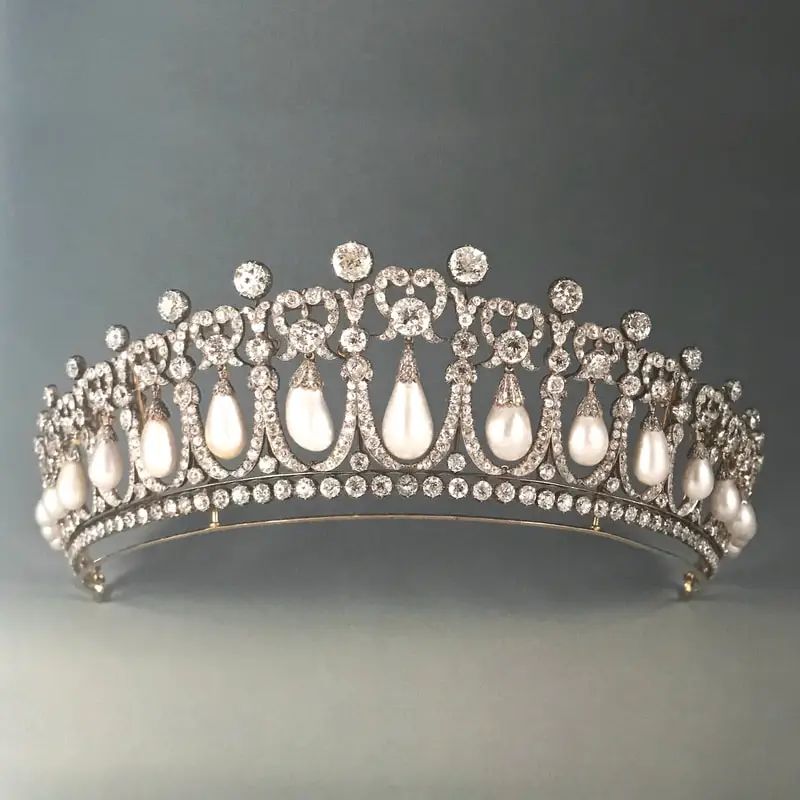
Baroque pearls, also known as irregular pearls, encompass all irregularly shaped pearls beyond round and near-round forms. Some occur naturally, while others are cultured by inserting specifically shaped nuclei into mollusks.
In the contemporary jewelry world, irregularly shaped cultured pearls with nuclei are commonly referred to as baroque pearls. Smaller, nuclei-free, irregularly shaped pearls are called Keshi pearls, considered “byproducts” of the culturing process.
In a broader sense, baroque pearls include all non-spherical pearls.
Traditionally, perfectly round pearls were most prized. However, the diverse baroque pearls, with their astonishing sizes, iridescent lusters, and varied shapes, have become excellent choices for expressing individuality. They are favored by modern consumers and DIY enthusiasts, also serving as significant sources of inspiration for designers.
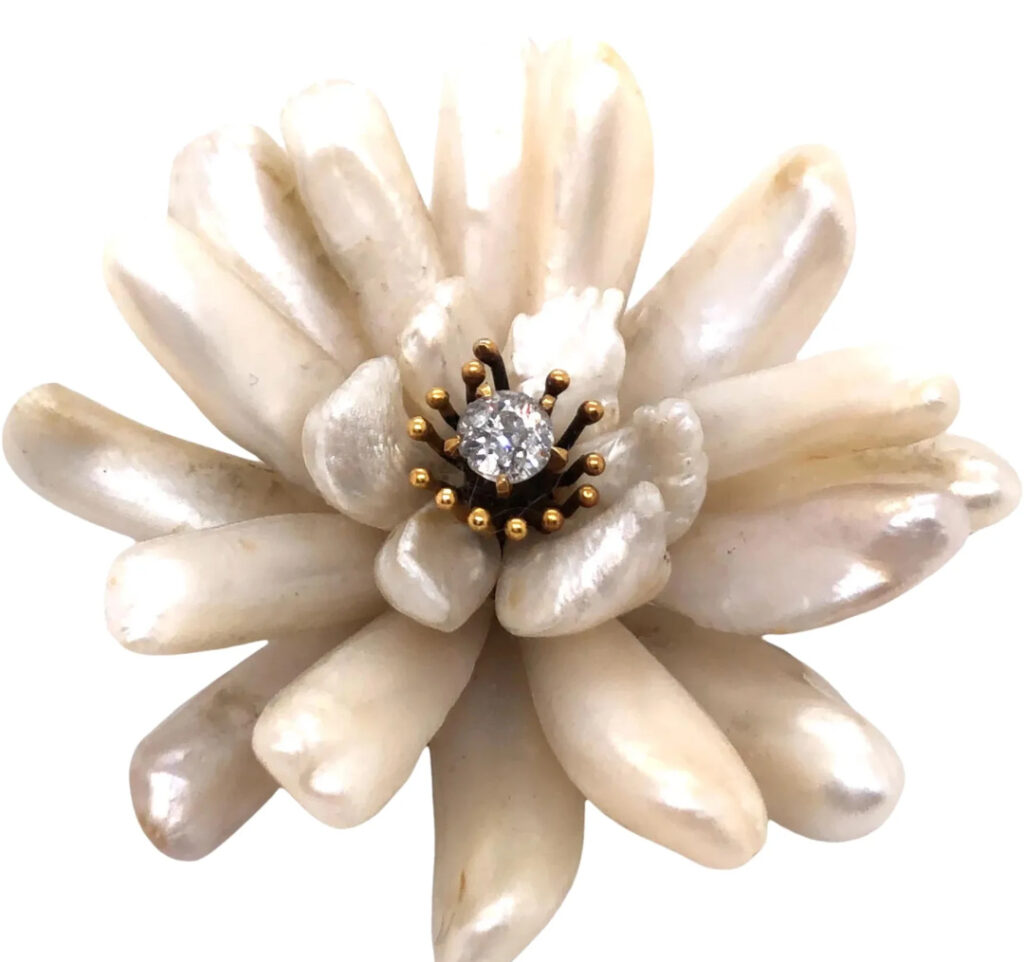
In the era before pearl culturing techniques were widespread, large baroque pearls were especially valuable. During the Renaissance, many baroque pearls were used to depict mythical creatures in jewelry creations. These magnificent and fantastical pendants were exclusive to the nobility. This article will share some Renaissance-style baroque pearl designs.
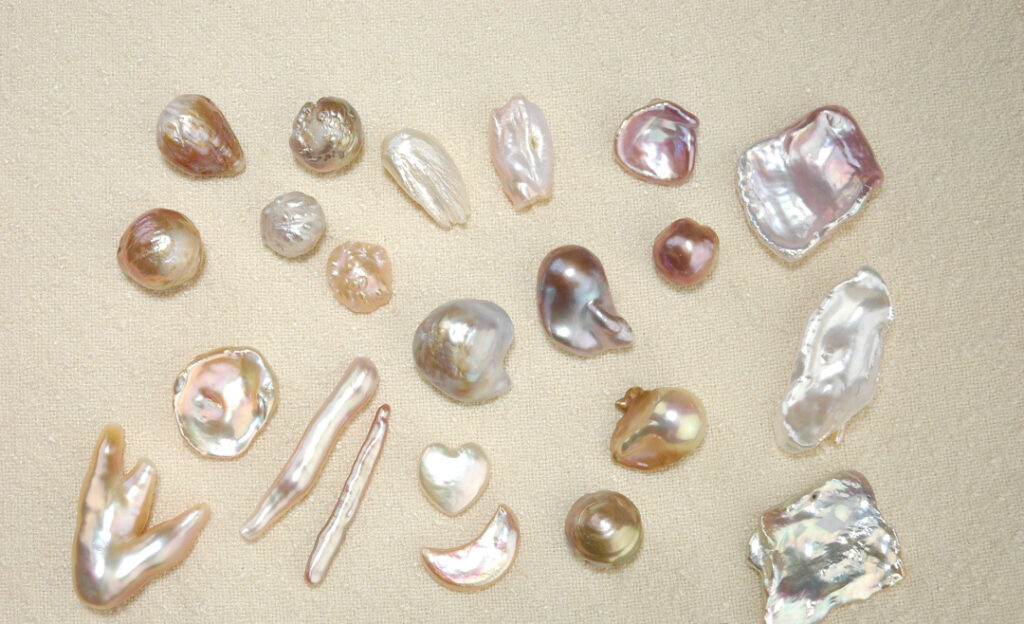
Renaissance-era jewelry is characterized by distinct three-dimensionality, vivid imagery, and complex compositions.
Goldsmiths of the time often drew inspiration from classical culture, frequently featuring Greek and Roman mythological themes. They also boldly incorporated enamel and colored gemstones. These pieces embodied both classical aesthetic beauty and unbridled imagination and creativity.
Particularly during the 15th-17th centuries, due to thriving commerce and the discovery of new sea routes, many pearls from the ocean were brought to Europe as maritime activities expanded. Adorned with gold and enamel, these pearls were transformed into exquisite pendants with sculptural beauty.
Pearls are gifts from the sea, and many baroque pearl pendant designs incorporate oceanic elements.
In this early 17th-century piece, the pearl is designed as a sea monster accompanying Neptune, the Roman god of the sea (from whom the planet Neptune derives its name). From the back, it appears as a giant bearded fish, while from the front, it resembles a large slug.

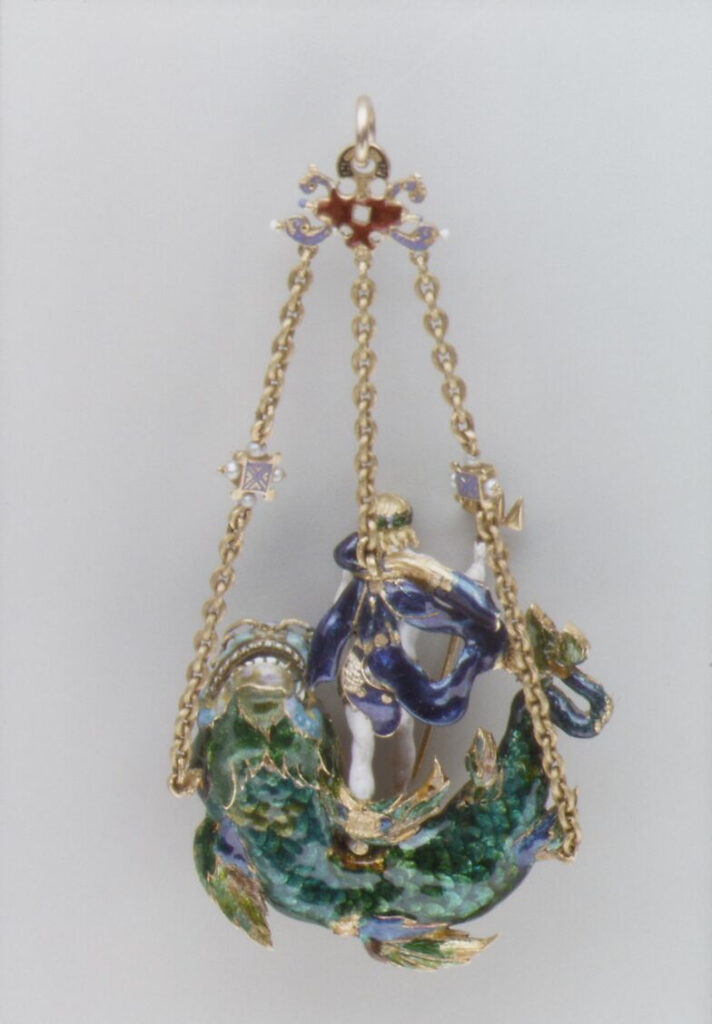
People of the past believed that the vast ocean was another world, where every land creature had a corresponding counterpart – including humans. Mermaid legends are found worldwide, depicting beings with human upper bodies and fish tails, possessing human-like emotions and intelligence, ruling the seas.
Among mermaid-themed baroque pearl pendants, the most famous is the Canning Jewel. It uses a heart-shaped baroque pearl as the torso, depicting a muscular mermaid holding a weapon and shield.

Besides mermaids, another mythical humanoid race depicted using pearls as bodies is the centaur. Originating from Greek mythology, centaurs are known for their bravery in battle and wild nature, symbolizing the primitive instincts of human nature. Some believe their image comes from West Asian descriptions of Central Asian nomads on horseback, as they had never seen cavalry before.
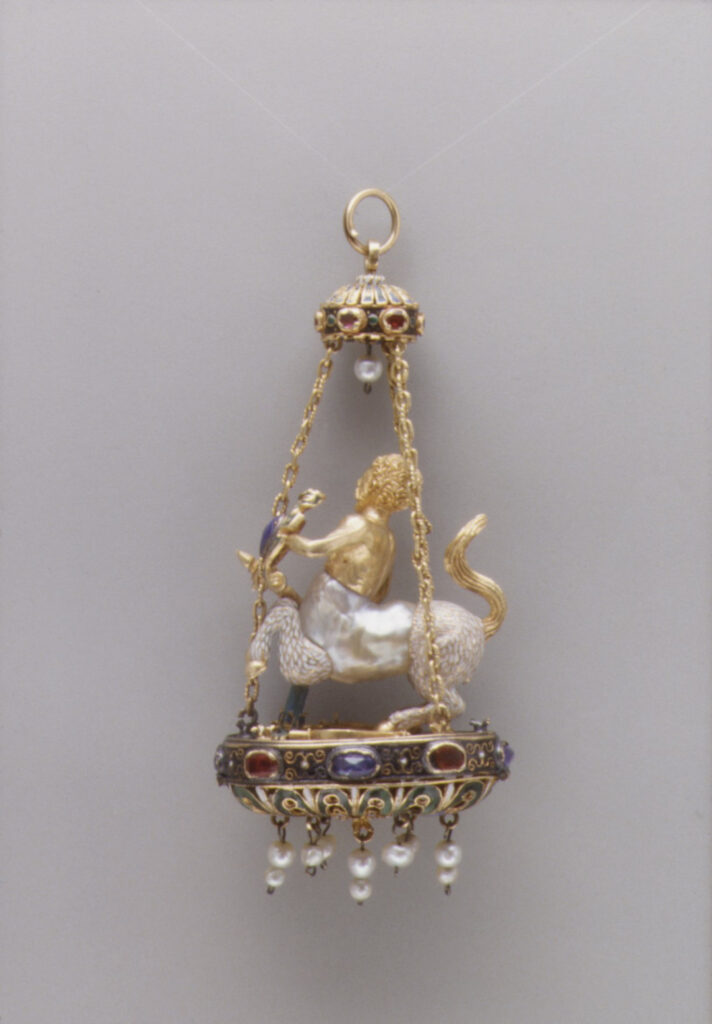
Additionally, some pearls resemble separated legs, such as in this pendant depicting a Giant (Gigantas) from Greek mythology. The pearl forms the legs of Porphyrion, the leader of the Giants (who opposed the Olympian gods). They appear like a two-tailed mermaid, but below the knees, they transform into scaly snake tails.

Renaissance goldsmiths also incorporated fantastical creatures from medieval bestiaries, known for their magical habits and unique appearances, into their jewelry creations.
Perhaps the most famous is the unicorn, often depicted as a slender, beautiful white horse with a spiral horn on its forehead. Legend has it that their horn, when ground into powder, could be used as an antidote.

Another mystical creature that fascinated alchemists was the fire salamander, or “salamandra.” Supposedly born from fires that burned for seven years, it fed on flames and constantly shed its skin in the fire to be reborn. Its shed skin was said to make fireproof clothing.
In reality, these creatures were inspired by amphibians called newts. Newts resemble lizards and hibernate in rotting wood. When this wood was used as firewood, the hibernating newts would leap out, leading people to believe they were born from flames.
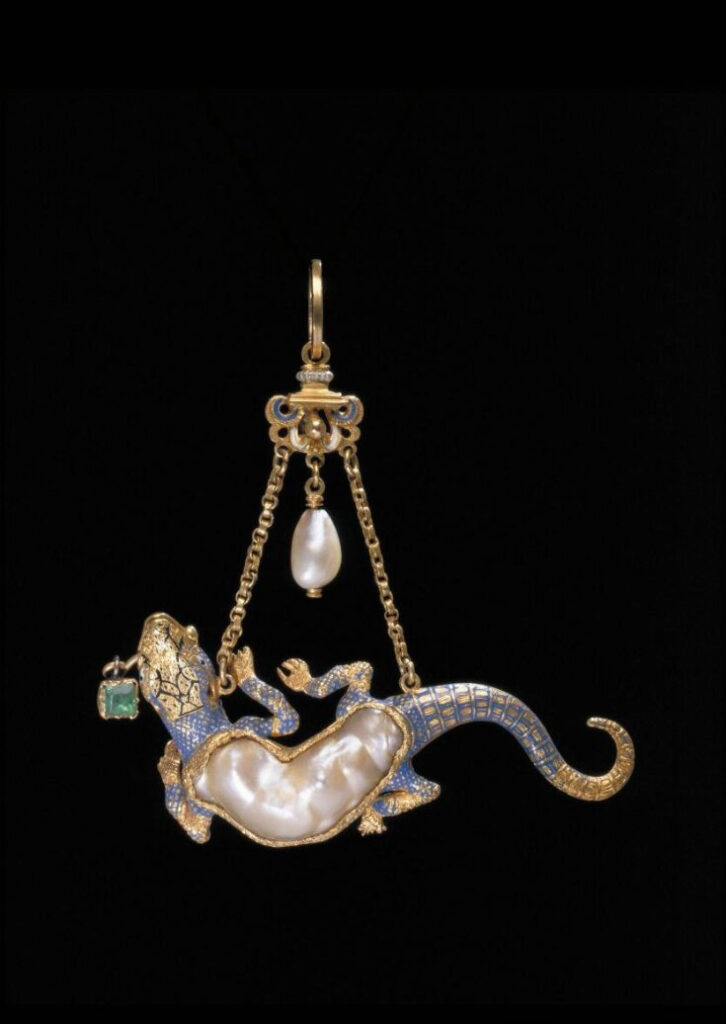
Artistic Appreciation: The Fantastical World of Baroque Pearls
Tweet
Further Reading





